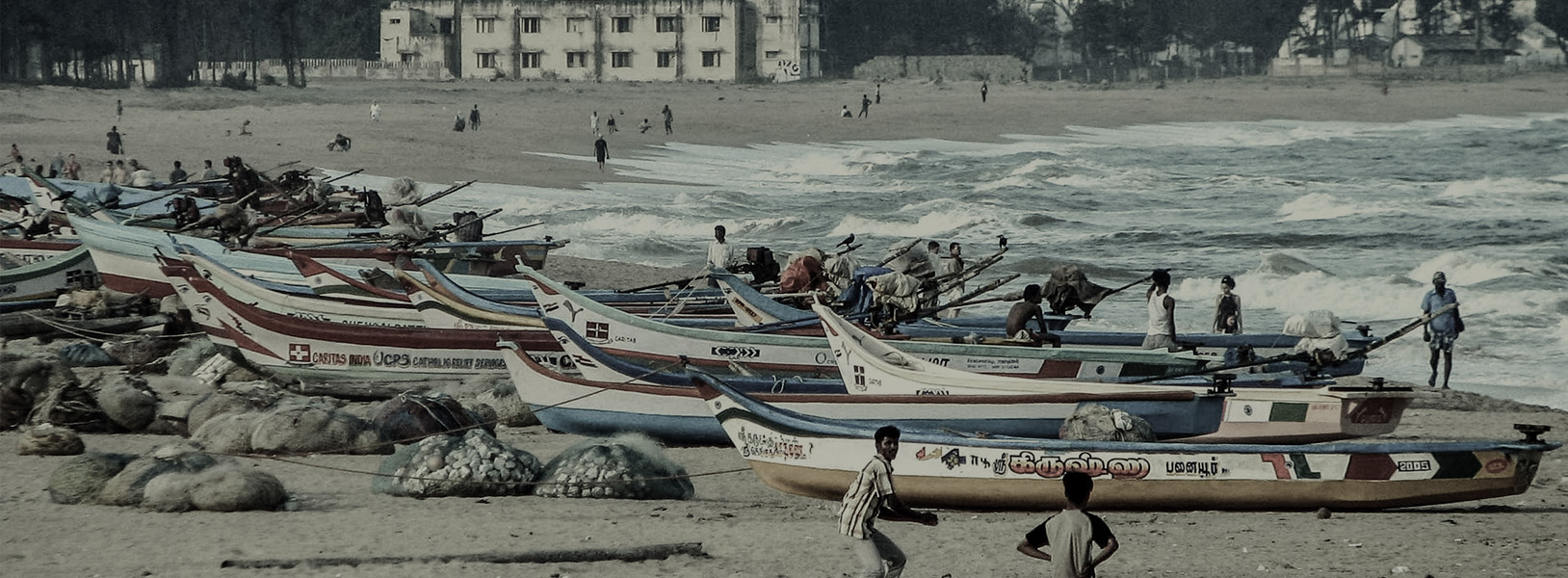The CPR-Namati Environmental Justice Program has extensively worked on the Coastal Zone Regulation (CRZ) notification in India and was keen to understand the changes proposed by the Shailesh Nayak Committee, which reviewed the CRZ notification 2011. Despite the submission of the report, the Ministry of Environment, Forest and Climate Change (MoEFCC) did not make it public, and Kanchi Kohli from the CPR-Namati team filed a Right to Information (RTI) application in February 2015 but the Ministry refused to share it on the grounds that the government had not approved it.
Finally, after 16 months of filing the RTI application, the MoEFCC has disclosed a copy of the ‘Report of the Committee to Review the Issues relating to the Coastal Regulation Zone, 2011‘ (from now on referred to as ‘the report’) to Kohli and the CPR-Namati team and file notings concerning the Committee.
This disclosure came after an order of the Information Commissioner Prof M Sridhar Acharyulu on 13.5.2016, which stated that the ministry “cannot invent a new defence or exemption such as ‘the report is under submission’, ‘file is pending consideration’ and ‘unless approved it cannot be given’, etc, which are not available under RTI Act, 2005, such an illegal refusal will amount to denial of information which would invite penal proceedings under Section 20 of RTI Act, 2005.”
The report has important recommendations on the Coastal Regulation Zone (CRZ) notification 2011. It has the framework for conservation of coastal and local livelihoods through clauses of land use change, proactive conservation initiatives, and mapping of the coastal zone. Key recommendations from the 110 page report are highlighted below:
- Proposes a ‘Conservation, Protection and Management Framework for CRZ 1 areas’ that are considered to be ecologically fragile area and with dense mangroves, coral reefs, nesting grounds etc. An important tool recommended is the declaration of Ecologically Sensitive Areas (ESAs) across coastal areas.
- Proposes the devolution of powers to state and union territory governments along with local authorities for CRZ II (built up cities and towns), CRZ III (rural areas) and CRZ IV (12 nautical miles into the sea) areas. These are for activities not covered under the Environment Impact Assessment Notification, 2006.
- Recommends that buildings can be constructed behind existing structures and roads in CRZ II areas as per existing Town and Country Planning norms.
- Divides CRZ III areas as ‘Densely Populated Rural Areas’ and ‘Rural Areas’ with lesser regulation for the former through the reduction of the ‘no development zone’ to 50 metres.
- Promotes housing infrastructure and slum redevelopment activities in CRZ II and tourism in CRZ III areas based on town and country planning norms and other state regulations.
- Recommends temporary tourism facilities in the No Development Zone (NDZ). Further if the NDZ falls on the landward side of a national or state highway, it recommends permitting construction of permanent tourism facilities.
- Recommends the reclamation of the sea bed in CRZ IV area for ‘ports and harbour, fisheries-related activities and other infrastructure required in the larger public interest such as bridges, sealinks on stilts, roads, important national installations related to coastal security, tourism’.
The report is the outcome of a six-member committee set up in June 2014, under the Chairmanship of Dr Shailesh Nayak, Secretary, Ministry of Earth Sciences. The purpose of the committee was to examine issues of coastal states related and also ‘the errors or inconsistencies and procedural simplification in the said Notification’.
The committee members had extensive meetings with the governments of Maharashtra, Karnataka and Kerala and also invited representatives of state and union territory governments for a meeting in New Delhi. While the meeting details are provided in the report, the individual representations made by the states before the committee can be found here. No consultations were carried with coastal communities, fishing unions or private parties as per the information disclosed in the report. The report is yet to be made available to the public by the ministry through its website.
The Information Commissioner observed that this report is the roadmap for the amendments proposed by the Ministry. Since January 2015 when the report was submitted, the Ministry has made several amendments to the notification and five of these are related to allowing more constructions in environmentally sensitive coastal zones, laying of new coastal roads and monuments in CRZ areas. While the piecemeal amendments have sought public comment, this roadmap itself has been strictly kept out of public view.
The timeline for the Shailesh Nayak report and RTI disclosure is provided below:
- 17.6.2014: Constitution of six member Shailesh Nayak Committee
- January 2015: Report submitted to MoEFCC as per disclosure by MoEFCC representative during CIC hearing
- 22.2.2015: RTI application by Kanchi Kohli seeking copy of report and file notings
- 18.3.2015: Refusal of information by Ministry
- 1.4.2015 and 20.4.2015: First Appeals Filed before Ministry (9.5.2015 response from MoEFCC regarding change of first appellate officer, no action on first appeal)
- 8.11.2015: Second Appeal before CIC
- 3.5.2016: Hearing of the Central Information Commission
- 13.5.2016: Order of Central Information Commission
- 16.6.2016: Information dispatched from MoEFCC
To know more about the CPR-Namati program, its dedicated page can be accessed here. In 2015, the CPR-Namati team released the findings of a three-year-long study titled CZMAs and Coastal Environments: Two Decades of Regulating Land Use Change on India’s Coastline. The study analysed the functioning of Coastal Zone Management Authorities (CZMA) and twenty years of implementation of CRZ Notification in the country.


